Sensory Integration
What is Child' Sensory Processing Disorder?

Sensory Processing Disorder is a neurological condition where the brain struggles to organize and interpret information received through the senses. This can lead to an overreaction, underreaction, or inconsistent response to stimuli that others might find typical. SPD can manifest in various ways, affecting one or more sensory systems
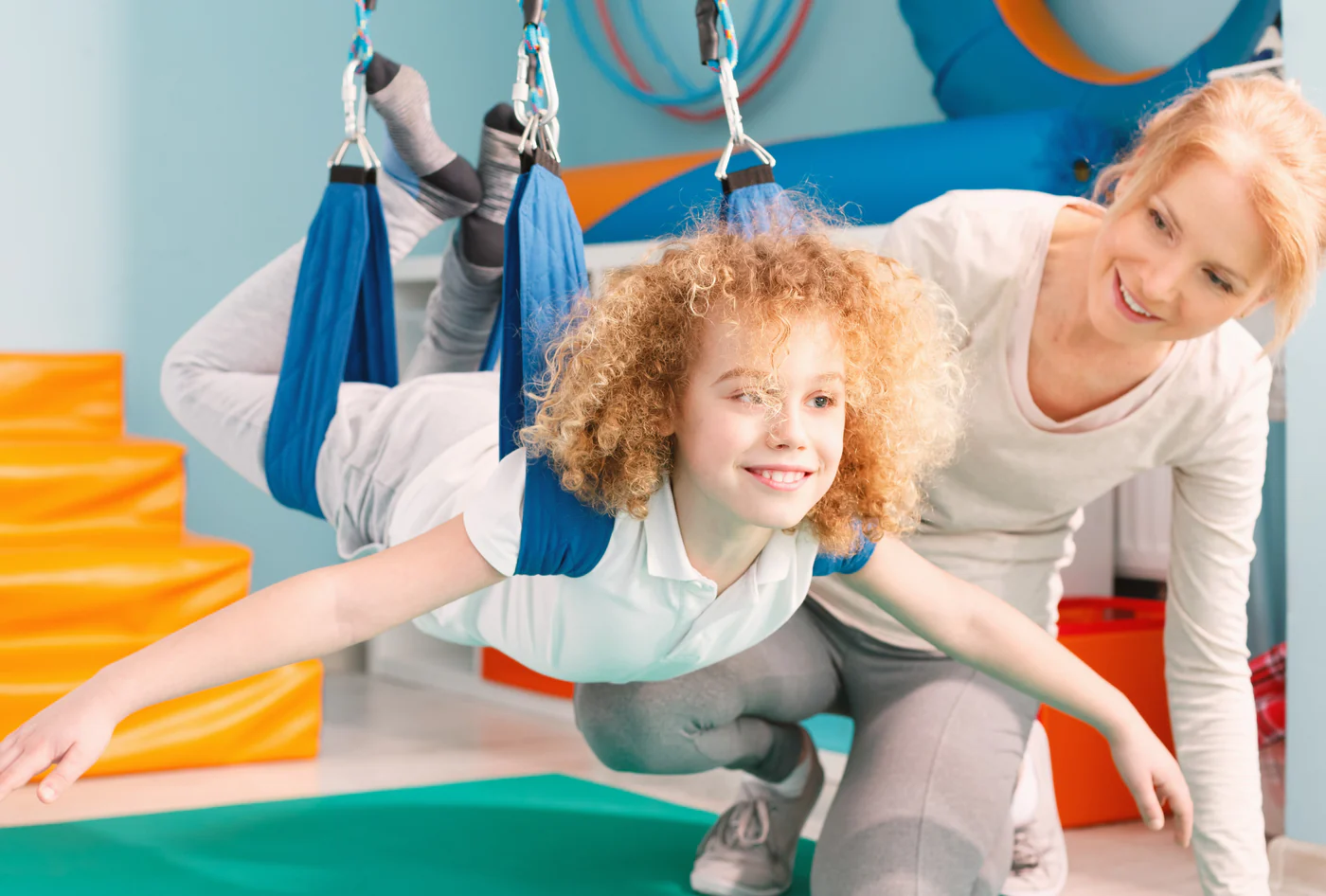
Tactile Processing
Individuals may be hypersensitive, finding certain fabrics or textures unbearable, or hyposensitive, seeking out intense touch experiences

Auditory Processing
Sensitivity to loud sounds or difficulty filtering and interpreting auditory information
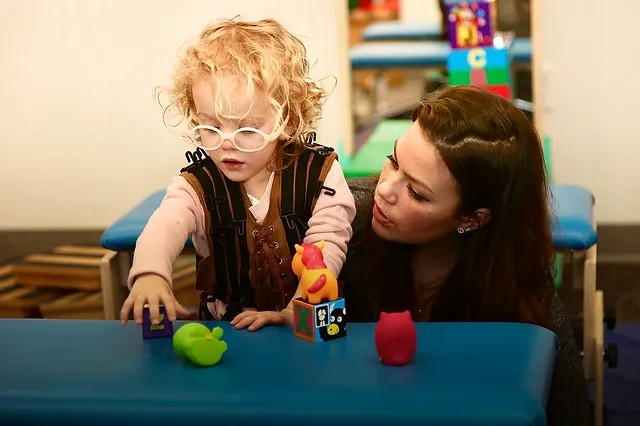
Visual Processing
Challenges in processing visual input, leading to difficulties with tracking or focusing on objects.
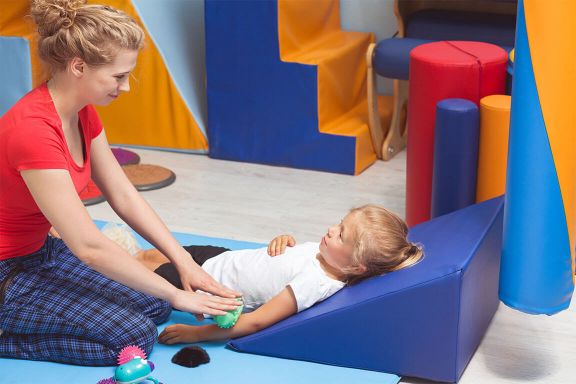
Vestibular Processing
Impacts the sense of balance and spatial orientation, affecting activities like walking, running, or coordination
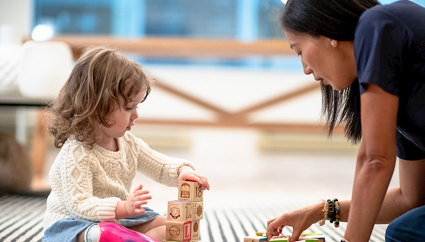
Proprioceptive Processing
Difficulties in perceiving body position and movement, leading to challenges in activities requiring body awareness
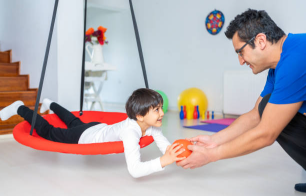
Olfactory and Gustatory Processing
Heightened or diminished sensitivity to smells and tastes
What is the role of Occupational Therapy in Sensory Processing Disorder?
Occupational therapists play a crucial role in supporting individuals with SPD by:
Conducting thorough assessments to identify specific sensory processing challenges and their impact on daily functioning
Creating personalized intervention plans that incorporate sensory-rich activities to address specific sensory needs.
Utilizing sensory integration therapy techniques to help individuals better process and respond to sensory stimuli
Recommending adjustments to home, school, or work environments to create sensory-friendly spaces
Working closely with families and caregivers to provide education and support, enabling them to implement strategies at home.

